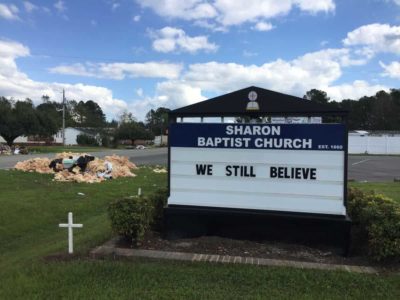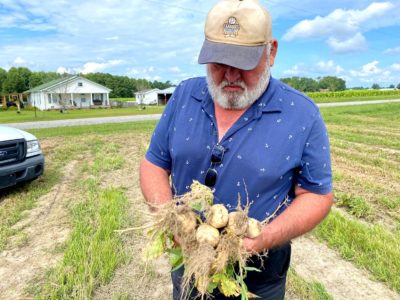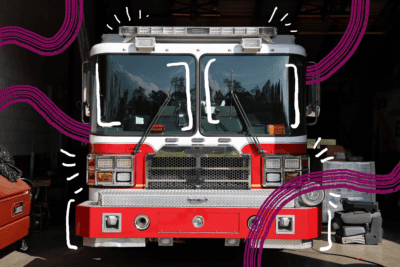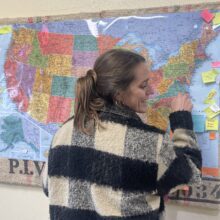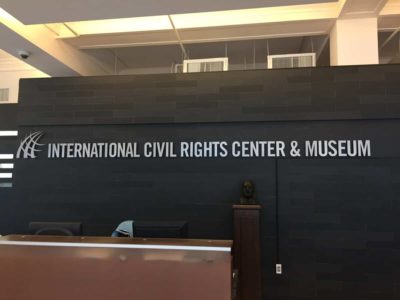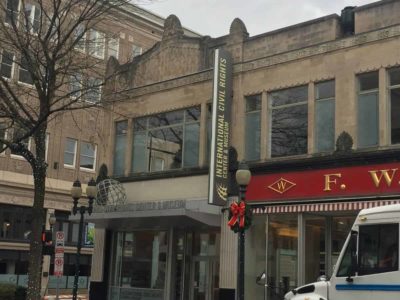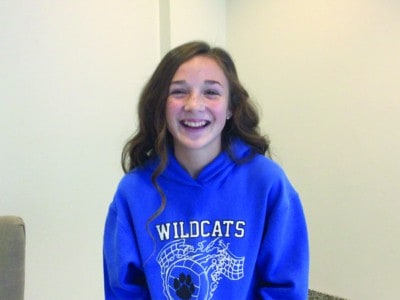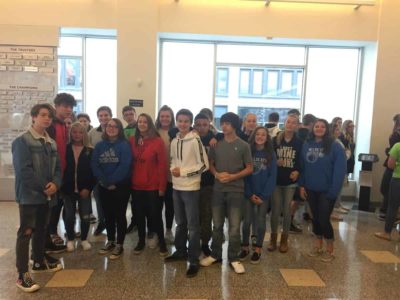The lunch counter is a sheen black, set with salt and pepper shakers, coffee mugs, plates, and a cake platter. The seats are sea green and coral. Above the mirrors behind the counter are signs reading, “House made chocolate layer cake 15¢,” “Turkey club sandwich 65¢,” and the now famous North Carolina soft drink, “Pepsi Cola 5¢.”
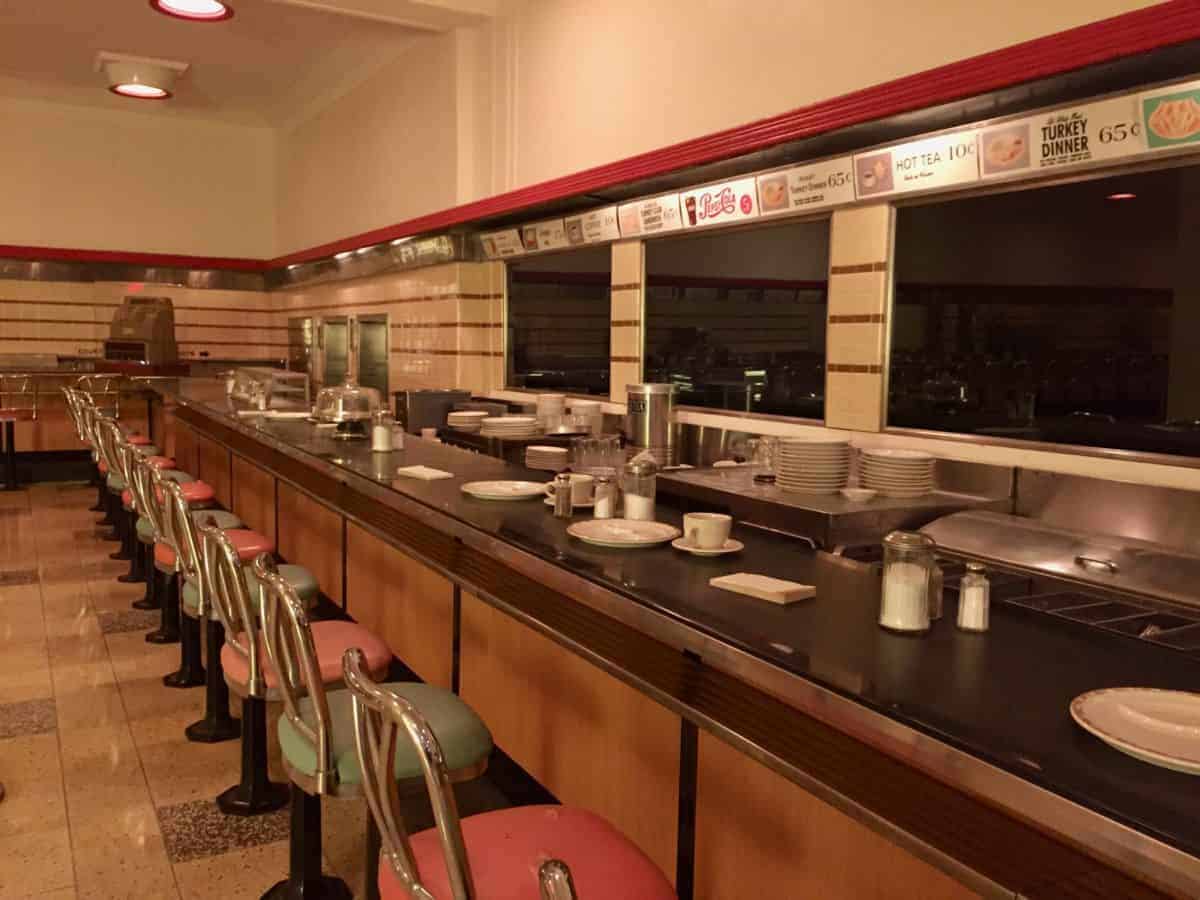
More than a scene captured in time, this is the Woolworth’s counter in Greensboro where, on Feb. 1, 1960, four African American college students started a peaceful protest in the hopes of desegregating this local lunch spot. The sit-in is thought to have reignited a cooling fire of the civil rights movement and ultimately led to the desegregation of Woolworth’s six months later. Now part of the International Civil Rights Center and Museum, the lunch counter draws visitors from all over, including eighth grade students from South Davidson Middle School.
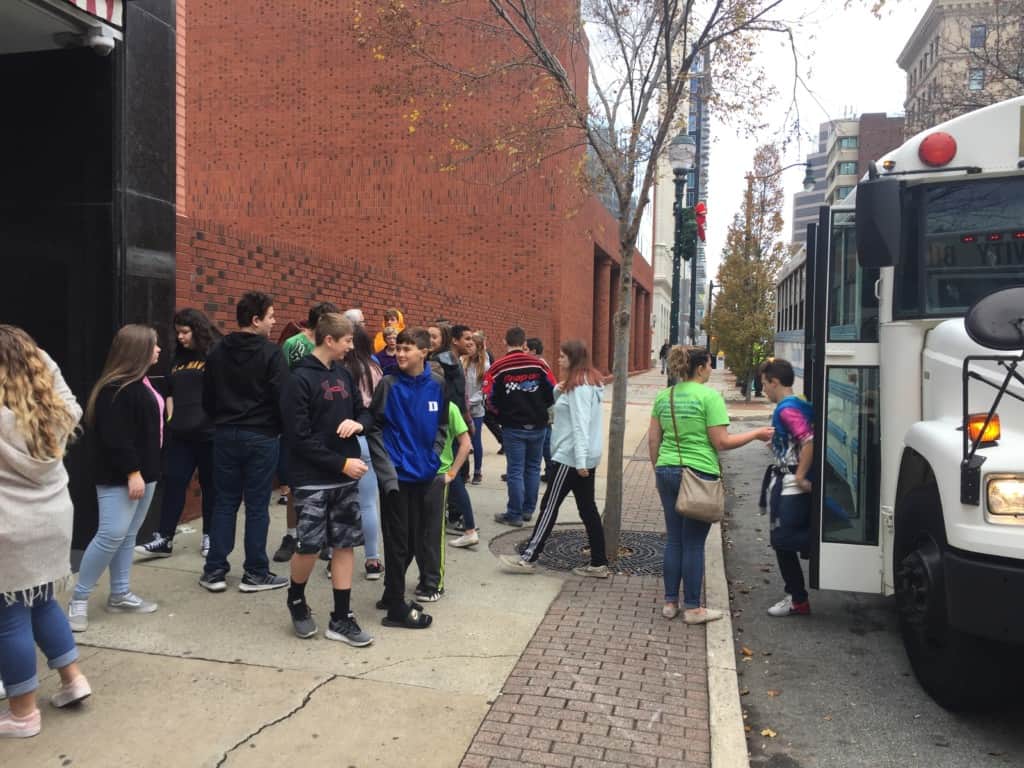
I met three buses from Denton outside the museum the last Friday of November. As students unloaded, the outstretched hand of Charles “Sandy” Young found me. Young is an eighth grade science teacher as well as a minister for two United Methodist Churches in his area and the reason I was there. Through his work as a minister, he became aware of the Uwharrie District Mini-Grants for Racial Equity and Justice. With permission from the school principal, Crystal Sexton, and eighth grade social studies teacher, Katie Gilliatt, Young applied for the grant specifically to fund a field trip to the International Civil Rights Center and Museum. The location and subject aligned with the North Carolina Standard of Study for eighth grade social studies, and Young seized the opportunity. The trip was fully funded, and the class visited Davidson Community College after their morning at the museum.
Young has been teaching for the last 20 years, and ministry seemed to slip in along the way. His father was a pastor, and one of his friends asked if Young would fill in for him one Sunday in 1991. He has been with the church ever since.
When asked about education and faith, Young says, “I see my two jobs going hand in hand.” He works with families in both professions and has the ability to help because of the crossover. He says the school has a great working relationship with the church, and they have received other grants for food, clothing, and school supplies.
“I want everyone to understand that the faith community can be involved in the school, and that you don’t have to step on anybody’s toes. You can respect everybody’s beliefs and still be able to reach out and to help folks and hopefully transform lives. Now that is my mission.”
At the museum, students broke into groups and weaved through the exhibits with their tour guides. The museum showcases artifacts from the civil rights movement, plays news reels from the era, has a reenactment of the Greensboro Four planning the sit-in, and more.
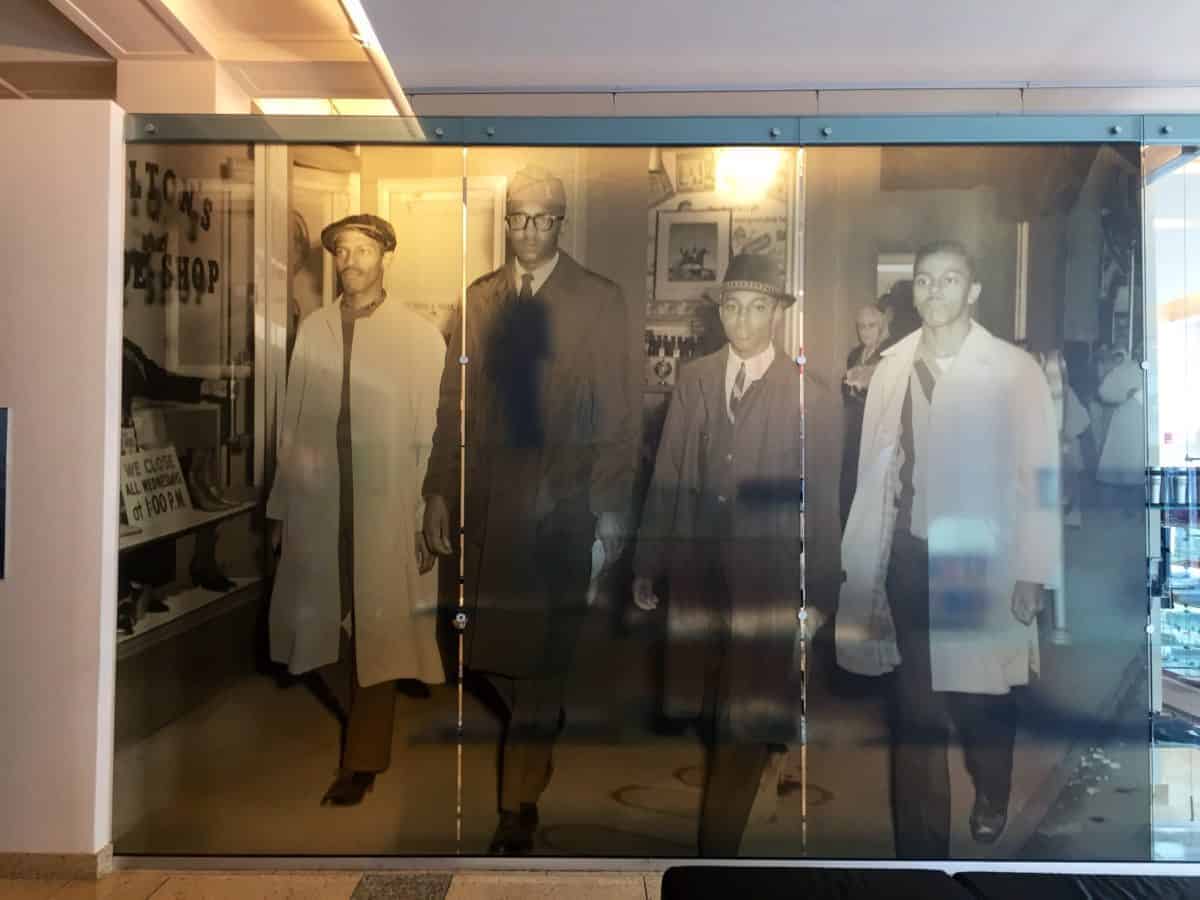
Exposing the students to a history they may not understand is important to Principal Sexton. She wants them to come out of this experience thinking differently about the world around them.
“One of the things that is really important for our students, and especially in the south Davidson area but any middle school student, is to see beyond what’s in the classroom, beyond what is in our city limits, to see the bigger picture. And so exposure to other cultures, to other museums, other experiences helps to broaden their perspective and makes us better citizens.”
I asked Lanie Hulin, a student on the field trip, what she liked about the museum. “I haven’t seen anything like this before,” she said. “I really liked the effects of it.” She thought it was clever how they displayed some exhibits, explaining “When there is double meanings to stuff, like with the American flag and the constitution, how it wasn’t really freedom for all.”
I heard from other students about the creativeness of the museum. Our tour guide in particular made it a very interactive experience. Jeanne Dulin was constantly asking questions, quizzing the students on what they were seeing, and at one point got the group to sing Micheal Jackson’s “Man in the Mirror” in unison.
The eighth grade social studies teacher, Gilliatt said, “This museum puts it right out there and shows some pretty powerful images and artifacts. It shows them that students, just like them, can make a difference when they see injustice. There are so many important aspects for students.”
Young also heard from students that it was one of the best field trips they’ve ever been on. When asked why he chose this particular location, Young echoed Principal Sexton.
“We live in a really rural area. And it is really a very non-diverse area. And I feel like they had very little or no exposure to the civil rights movement, and I really feel like they haven’t had much exposure to people who are different from them and I want them to see that. Indeed we do have distinct differences but at the root of it, we have no difference. We are all the same, you know?”
“We are all equal, all the same.”
Recommended reading
